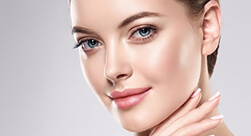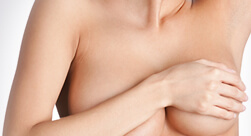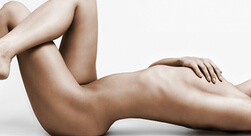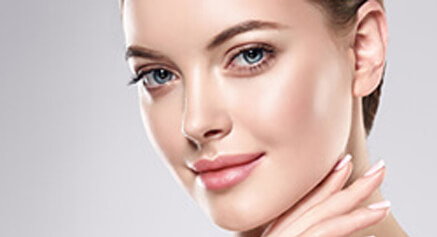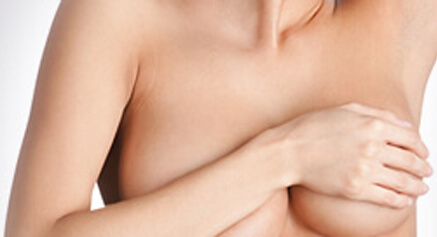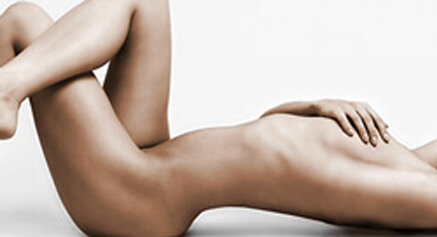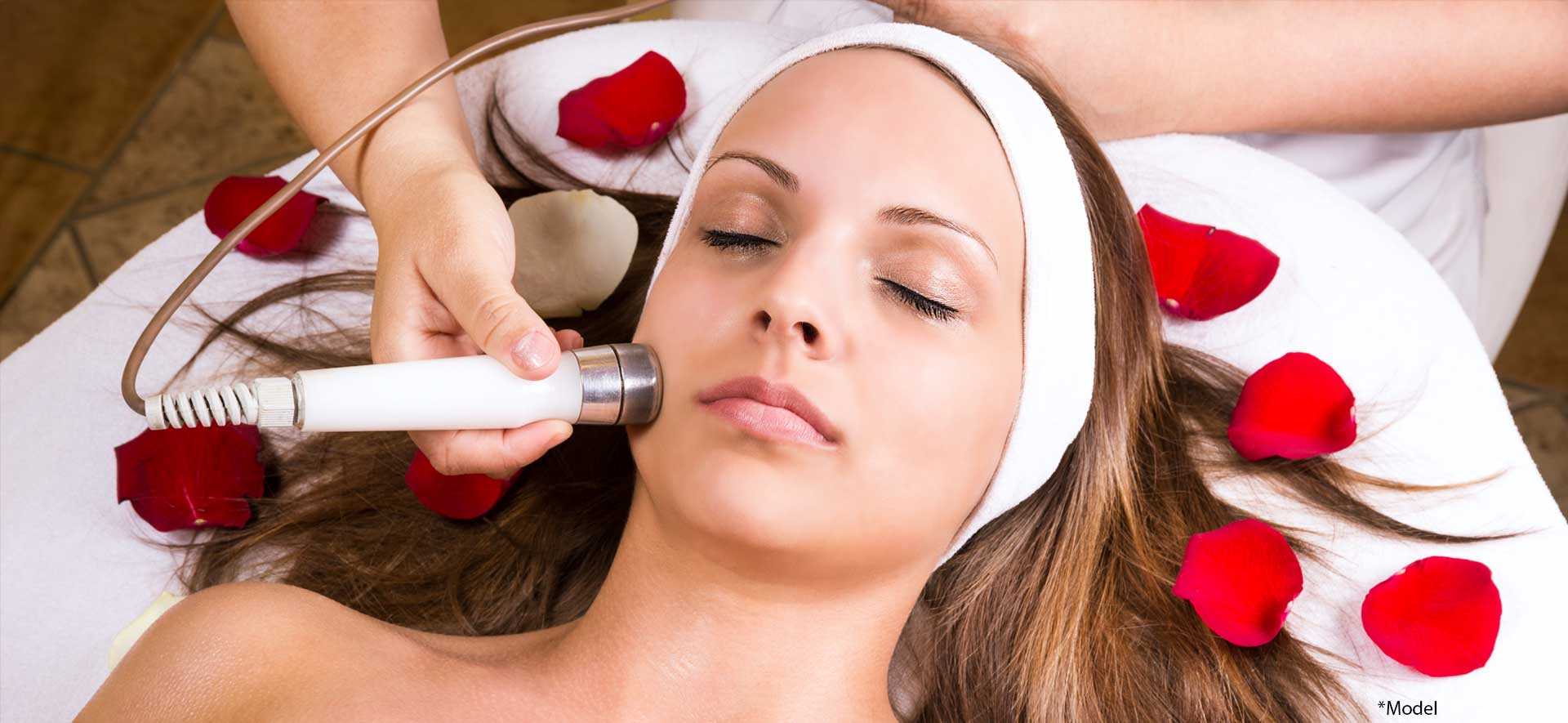Skin Resurfacing Beverly Hills – Chemical Peels, Skin Resurfacing, Skin rejuvenation
Skin resurfacing is a powerful way to rejuvenate the skin. Aging and sun damage result in skin wrinkling, loss of elasticity, and pigment changes. Skin resurfacing will improve the appearance of fine wrinkles and scars and improve pigment irregularities. Skin resurfacing involves the controlled removal of the top layer of skin. Topical exfoliants, light peels, and microdermabrasion can be used to treat mild changes and for general skin maintenance. However, skin resurfacing is more effective for moderate to severe skin changes.
Types of Resurfacing
The three main modalities to resurface the skin are mechanical, chemical, and photocoagulation. That is, dermabrasion, chemical peels, and ablative lasers. All three techniques offer very similar results. All three techniques remove the outer layer of skin, which stimulates your body to produce new skin and collagen. So, not only do you get a fresh layer of skin, but the new collagen formation helps tighten your skin and reduce the wrinkles. Dermabrasion is typically very effective for wrinkles around the lips, and chemical peels are effective for wrinkles around the eyes. During your consultation, we will discuss which modality would be best suited to give you the most optimal result.
Recovery
It takes about seven to ten days for your body to heal after a skin resurfacing procedure. During this time, you will experience swelling and redness. It may be difficult to open your mouth and eat for the first few days after surgery. The new skin tends to stay pink for several months; however you will be able to apply makeup after about two or three weeks. You will need to protect your skin from the sun for the first year after the procedure, but it’s a good idea to always protect your skin from the sun.
Schedule an appointment at our Los Angeles office to reverse the signs of aging and sun damage with skin resurfacing.
